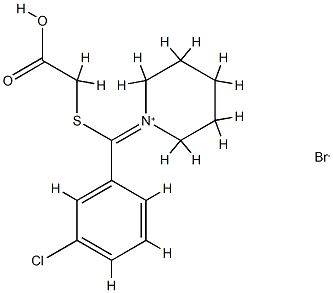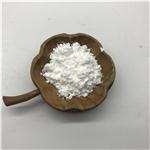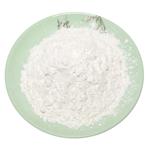Background
Streptavidin is a biotin-binding protein found in the culture broth of the bacterium Streptomyces avidinii.
Streptavidin can bind to four moles of biotin per mole of protein,and
it shows extremely high affinity, approximately 10,000-15,000 Da.
Streptavidin lacks the carbohydrate side chains present on avidin and
has an isoelectric point of 6.5 to avidin's 10 far closer to that at
which most useful biological interactions occur. As a result,
Streptavidin frequently exhibits much lower non-specific binding than
avidin does.
Uses
Streptavidin from
Streptomyces avidinii has been used-
- for blocking of the AFM (atomic force microscopy) tip, during the measurement of unbinding forces in the avidin-biotin system
- for coupling of anti-HA (hemagglutinin) antibodies during cell free synthesis and assembly of proteins on a biochip
- for the coating of the gelatin flow phantoms to eventually determine the feasibility of IVUS (intravascular ultrasound) transducer for (biotinylated) microbubble-based drug delivery
- to immobilize proteins and oligonucleotides
Uses
Streptavidin is used as a tetrameric protein used to visualize biotin conjugated molecules in ELISA. Due to the strong affinity of biotin and biotinylated molecules has made streptavidin one of the most important components in diagnostics and laboratory kits. Streptavidin is widely used in molecular biology through its unique high affinity for the biotin.
Uses
Applications for enzyme-labeled (HRP, AP) streptavidin:
Enzyme immunoassays (EIA), including enzyme-linked immunsorbent assays (ELISA) with biotinylated antibodies
Cell and tissue staining (for light microscopy)
Western blotting (WB) and other membrane-based biotin detection
Applications for fluorescent (FITC, TRITC or Texas Red* Fluor-labeled) streptavidin:
Immunofluorescent assays (IFA)
Tissue staining (for fluorescence microscopy)
Blot immunostaining
Cell staining (incl. fluorescent activated cell sorting)
General Description
Streptavidin is a crystalline protein isolated from the bacterium
Streptomyces avidinii and possesses biotin-binding ability. It has four binding sites for biotin like avidin and binds four molecules of biotin. Streptavidin is now considered as a new type of biotin-binding protein.
Biochem/physiol Actions
Streptavidin is a biotin binding protein and has the ability to bind four molecules of biotin. The biotin binding pocket of streptavidin helps to interact with biotin. It can be used to enhance protein binding and multimerization.
in vivo
Streptavidin (8-80 mg/kg) treatment is effective in prolonging rat cardiac allografts in the high-responder WF-to-Lewis combination[2].
| Animal Model: | Lewis rats[2] |
| Dosage: | 8, 12, 20, 40, 60, or 80 mg/kg |
| Administration: | Administered IP for 5 consecutive days after transplantation was combined with a single dose of 0.5 mL antilymphocyte serum (ALS) on day 0 |
| Result: | Prolonged cardiac allograft survival from MST of 7.3±0.5 and 8.4±0.5 days in naive and ALS-treated controls, respectively, to 15±1, 20±3, 16±3, 17±3, and 23±2 days, respectively. |




